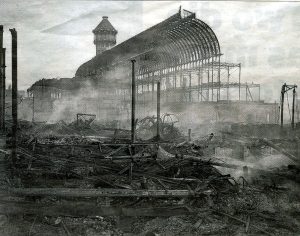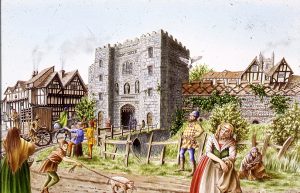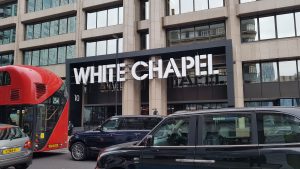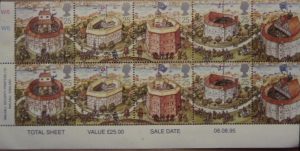Victoria & Albert & Albertopolis March 28 2020
2.30 High Street Kensington Tube
All London Walks have been cancelled until further notice due to Social Isolation
If this is a disappointment please email me and I’ll send you a print out.

On this walk we discover the story of the Great Exhibition of 1851 and the foundation of the one of the world’s Greatest Museums.
Led by Kevin Flude, who worked as an Assistant Keeper at the V&A, We begin in the new Victorian suburb of Kensington, prospering in the shadow of Kensington Palace, birthplace of Queen Victoria. We then explore the site of the Great Exhibition, and the great buildings inspired by Albert around the Albert Hall, before ending the walk with a tour of the Victoria and Albert Museum.
The area was originally part of the lowly area of Brompton until the huge success of the Great Exhibition created by Prince Albert and his right-hand man Henry Cole, the first Director of the V&A. The area became known as Albertopolis,as a memorial to a remarkable man, and a testament to the energy and wealth of Victorian England.
This is a London Walks Guided Walk by Kevin Flude


 17th century it welcomed Jewish refugees particularly from Russian, and in the 19th Irish, and exiles joined in.
17th century it welcomed Jewish refugees particularly from Russian, and in the 19th Irish, and exiles joined in. itch High Street Overground Station
itch High Street Overground Station